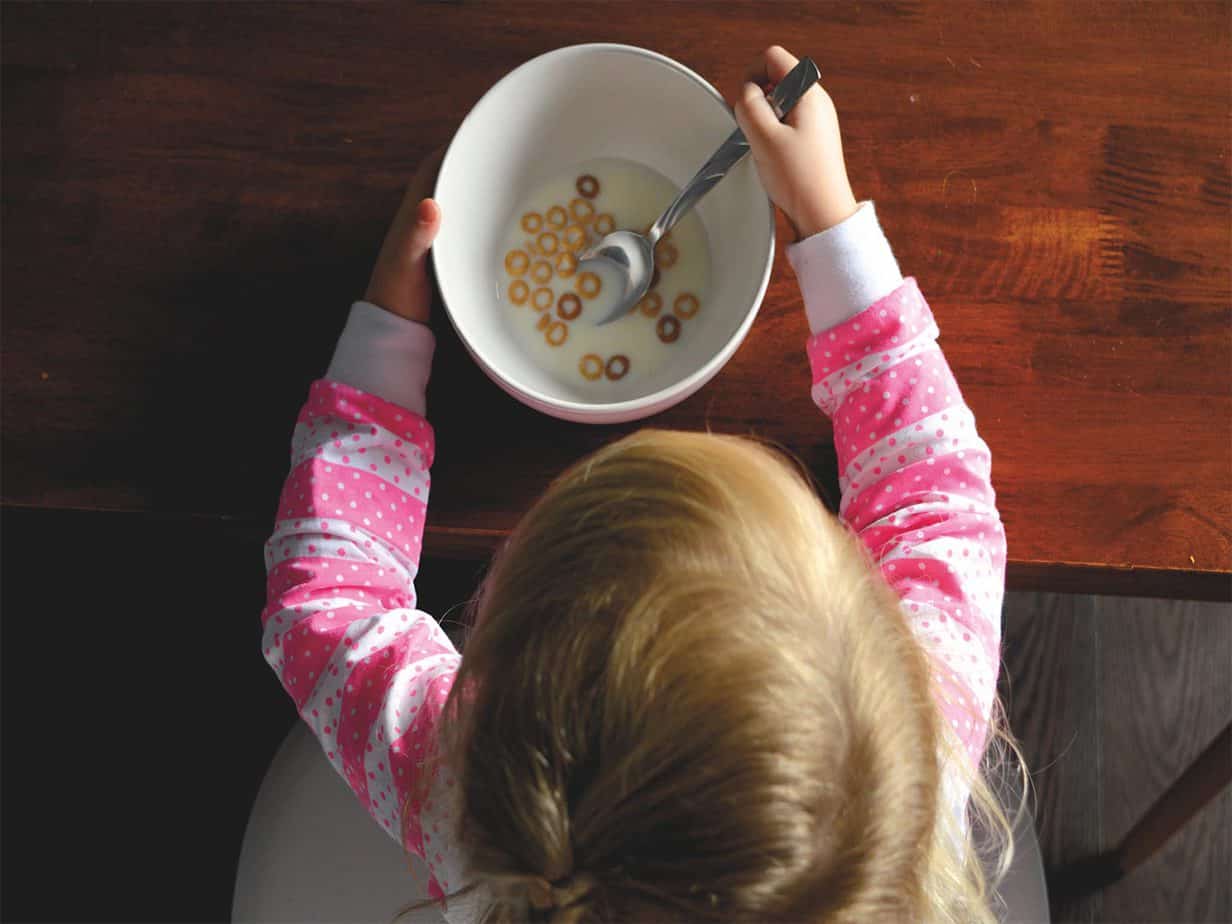
In honor of May's National Osteoporosis Awareness Month, The Dairy Alliance (formerly the Southeast United Dairy Industry Association) surveyed more than 1,000 parents in the Southeast to learn about their family's milk, yogurt and cheese consumption habits to understand the most pervasive myths about dairy.
The survey revealed that more than half of respondents (52%) didn't know that bone health as an adult can be directly linked to calcium intake as a child. Additional findings include:
- Only 33% of parents were aware that drinking cows' milk is associated with a reduced risk of cardiovascular disease
- Price is the most influential factor for buying decisions in the Southeast
- 94% of respondents purchase dairy foods, such as cheese, but also buy non-dairy milk
- Parents believe protein, not calcium, is most important nutrient in their child's diet
About 11.4% of U.S. adults have children who fall within the preschool age group (ages two to five), according to AudienceSCAN. These parents are 124% more likely than other adults to be between the ages of 25 and 34.
The Dairy Alliance also uncovered that most parents in the Southeast believe the following myths about milk, cheese, yogurt and other dairy foods:
- 53% of parents think non-dairy milks provide the same nutritional benefits for their family as cows' milk
- 55% of parents believe eggs are dairy
- Nearly one third of respondents don't know the nutritional breakdown in a glass of milk
In addition to bone-building calcium, just one eight-ounce serving of milk has eight grams of high-quality protein, which helps to build and repair muscle tissue. In fact, one serving of milk provides calcium, riboflavin, phosphorus, vitamin B12, pantothenic acid, vitamin D, vitamin A and niacin. Considering foods, by comparison, one eight-ounce glass of milk contains the calcium of 38 cups of raw kale, protein of four large boiled eggs and vitamin D of 15 sardines. Researchers have also found that eating foods rich in calcium may offset a possible protein-calcium loss relationship, improving overall bone health.
National Osteoporosis Awareness Month was created to bring awareness to osteoporosis prevention, diagnostic testing and risk factors. According to the U.S. Office of the Surgeon General, an estimated 10 million Americans over the age of 50 have osteoporosis and another 43 million are at risk of getting this debilitating disease. Although osteoporosis is known for its later-in-life onset, it is considered a childhood disease with adult implications. Due to this, early healthy bone habits, such as enjoying dairy foods with meals, are integral for fortifying bones for life and guarding against fractures and brittle bones.
Parents of preschoolers can be targeted with radio ads that they'll most likely hear in their mini- or full-size vans that they're 61% more likely than other adults to drive, according to AudienceSCAN. These parents are 181% more likely than other adults to go shopping for baby/infant apparel and supplies, and 27.2% will get traffic updates on the way via the radio. Last year, 60% of these parents took action after hearing a radio ad and you can further influence their desire to buy more dairy products for their kids by sending them coupons for those products, as 67.7% took action after receiving them in the mail within the past year.
AudienceSCAN data is available for your applications and dashboards through the SalesFuel API. Media companies and agencies can access AudienceSCAN data through the AudienceSCAN Reports in AdMall.
